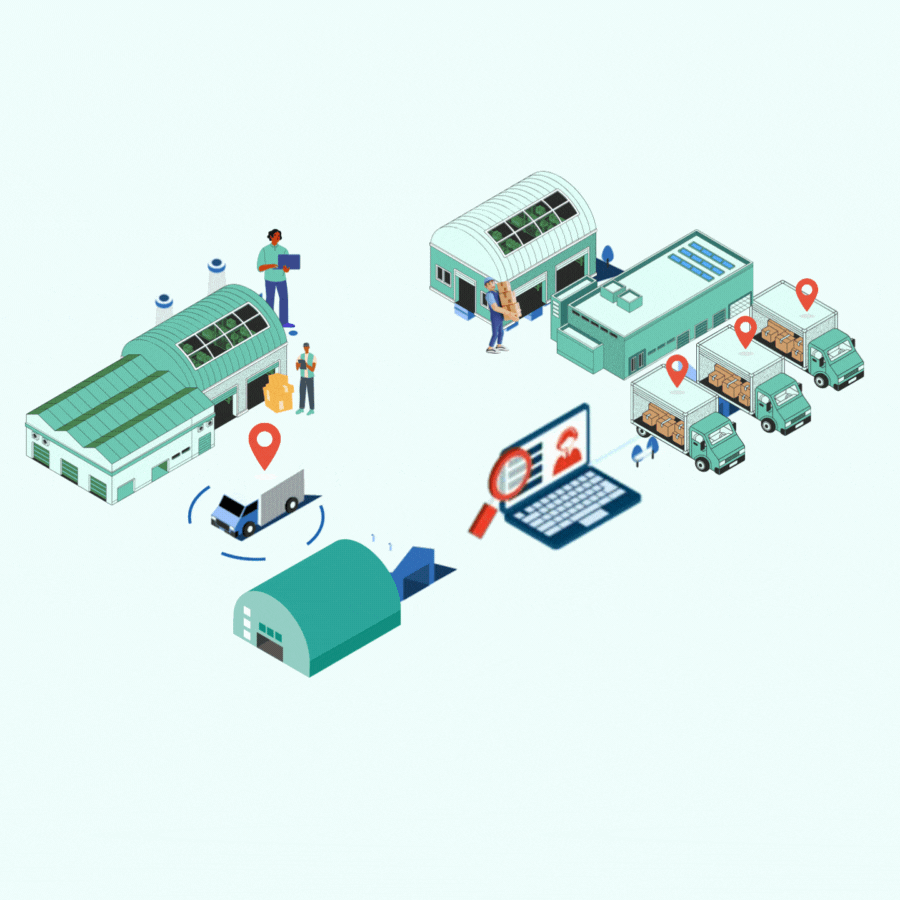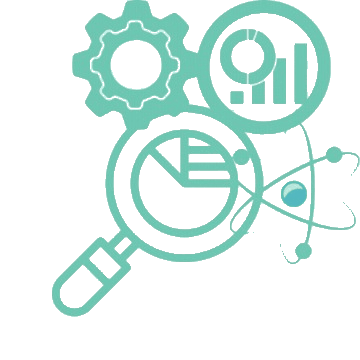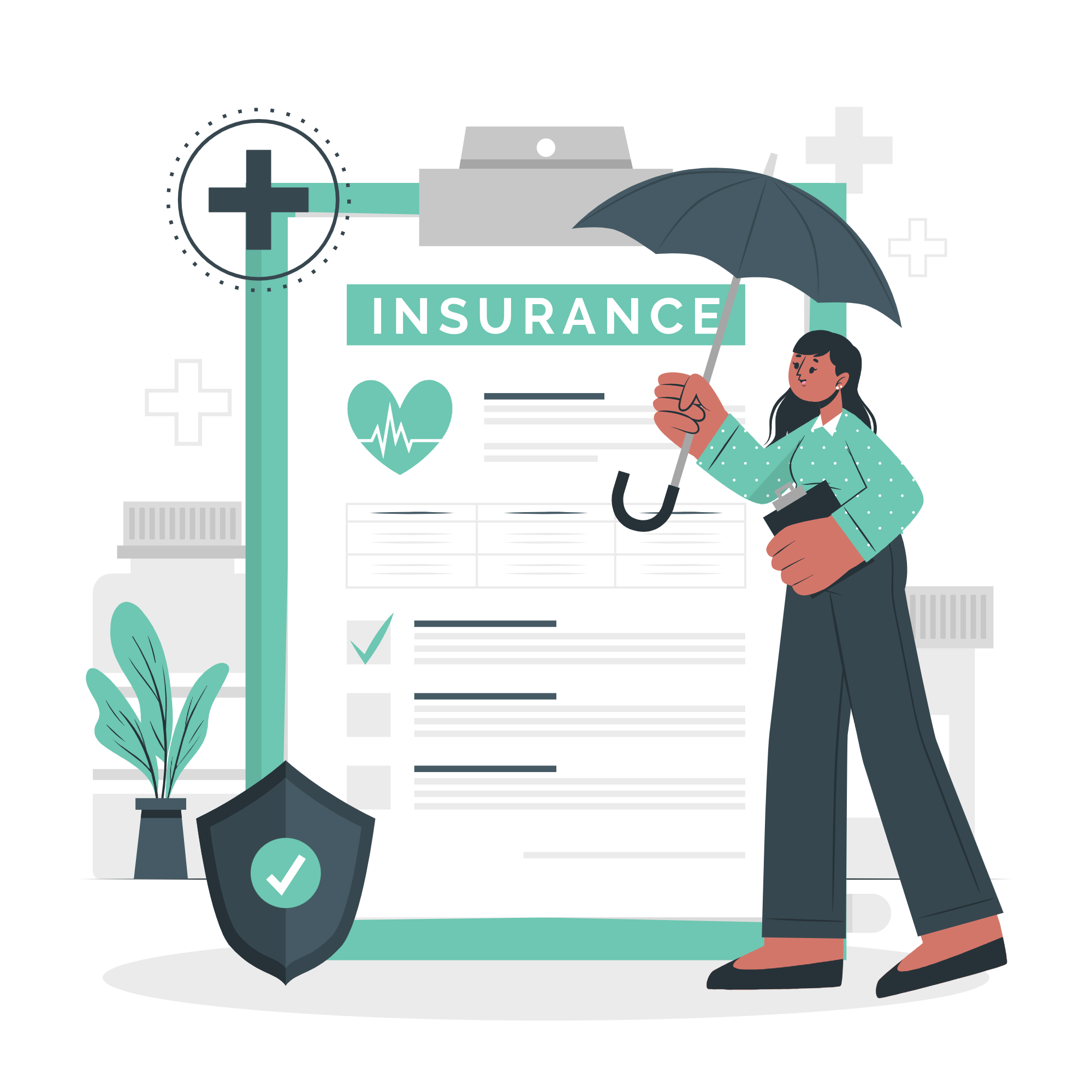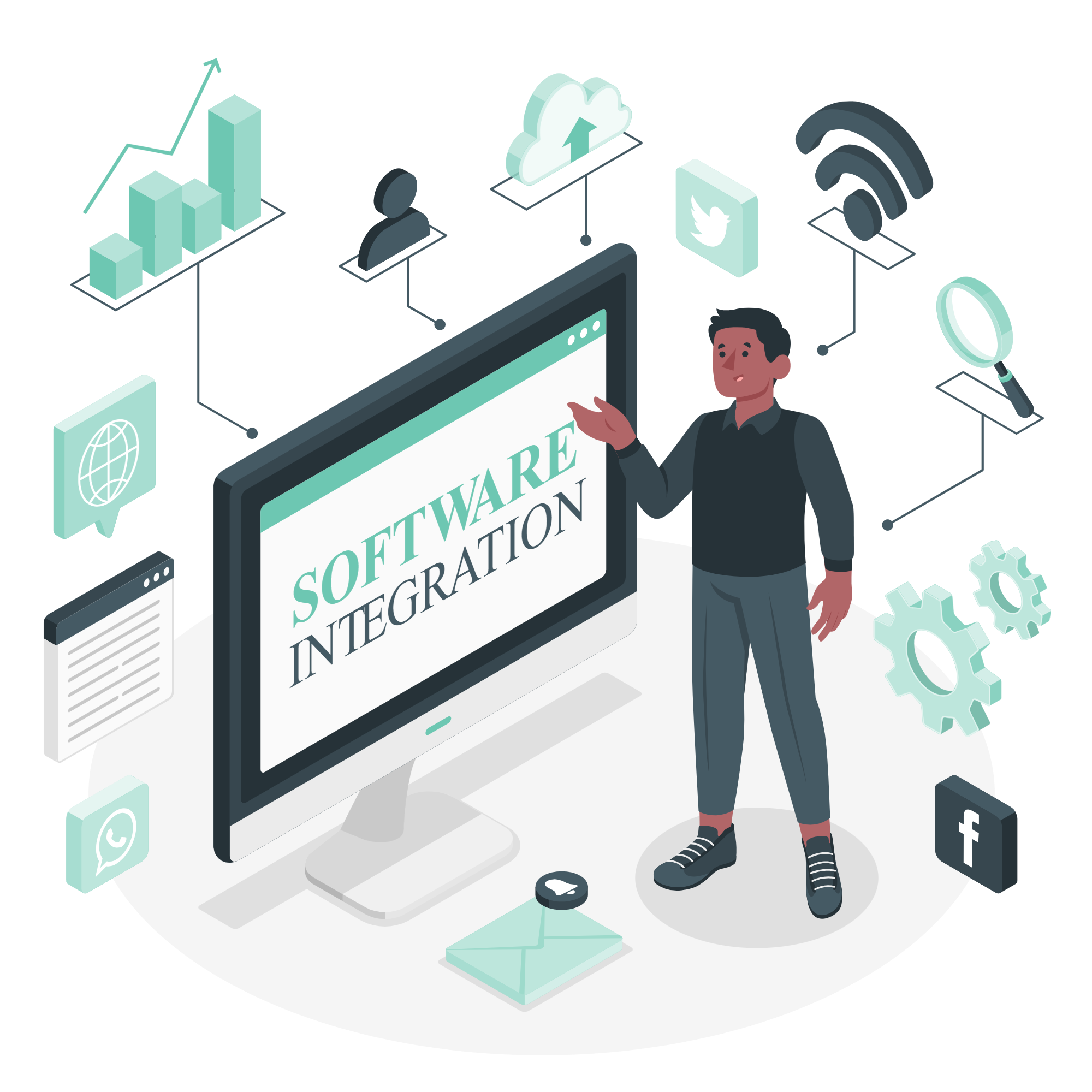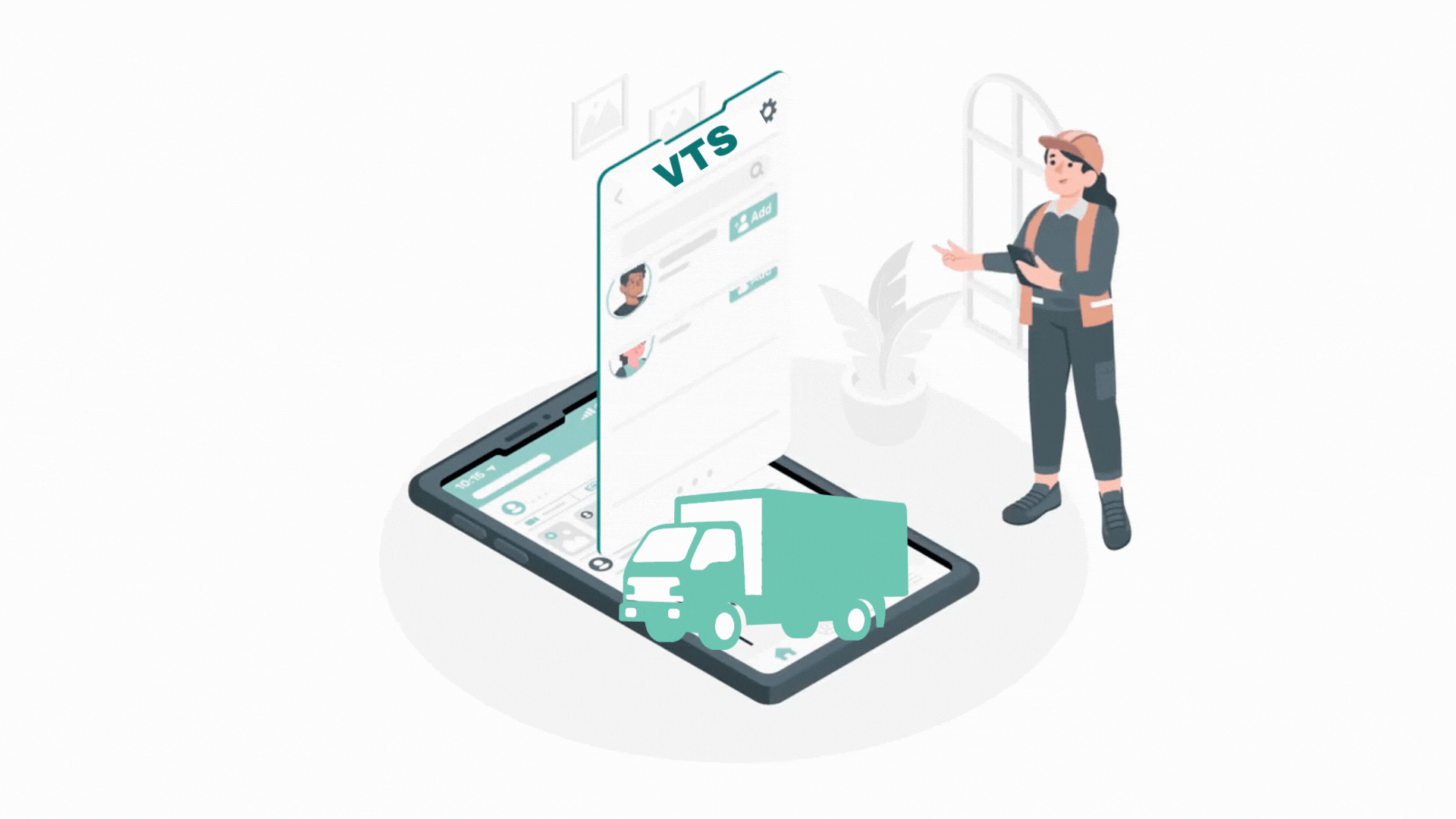
What we do?
Our Vehicle Tracking System utilizes GPS technology, allowing you to track and manage your vehicles 24/7 through an online platform. With real-time and historical data on vehicle speed, routes, stops, and more, our system provides detailed insights.
Our Approach
Simplicity First
We believe in fleet management software that simplifies rather than complicates.
Team-Centric
Managing a fleet works best when it's a collaborative effort, fostering teamwork.
All-Inclusive
is at the heart of our philosophy, providing a centralized hub for all your fleet data.
Insightful
Data gains significant value when it empowers you to make well informed decisions.

What Is GPS?
GPS, or Global Positioning System, is a satellite-based navigation system that allows users to determine their precise location and track movement anywhere on Earth.
Benefits of GPS System
Enhanced Safety
Elevating safety standards within an organization involves a comp Read More >
Optimized Fuel Efficiency
The optimization of fuel efficiency through Read More >
Asset Security and Recovery
The integration of GPS tracking systems represents Read More >
Enhanced Customer Satisfaction
GPS tracking systems Read More >
Benefits of Vehicle Tracking System
Enhanced Fleet Oversight
Real-time Tracking optimizes routes and reduces fuel consumption, enhancing overall efficiency, while Route Optimization identifies the most efficient paths, decreasing travel time and boosting productivity.
Fuel Consumption Optimization
Fuel Monitoring analyzes driving patterns, optimizing routes to reduce fuel costs and environmental impact, fostering a more sustainable and cost-effective operation.
Heightened Security Measures
Vehicle tracking deters theft and aids in recovery through real-time location information, and Unauthorized Use Detection sends alerts for non-compliant vehicle use, bolstering security measures.
Proactive Maintenance Planning
Vehicle Health Monitoring ensures timely maintenance based on actual usage, improving vehicle longevity and reducing unexpected breakdowns.
Driver Performance Enhancement
Driver Monitoring encourages responsible driving, leading to fewer accidents, lower maintenance costs, and improved overall safety for drivers and vehicles.
Customer Service Optimization
Accurate Arrival Time Estimates from real-time tracking enhance customer satisfaction by providing precise and reliable information about delivery or service arrival times.
Regulatory Compliance and Reporting
Vehicle tracking aids in Regulatory Compliance by maintaining accurate records of routes and driving hours, and Reporting provides detailed metrics for informed decision-making and compliance efforts.
Insurance Premium Reduction
Lower Insurance Costs result from reduced theft risk and improved driver behavior, as tracked vehicles are less likely to be stolen, and accidents may be minimized.
Business Insights through Data Analysis
Data Analytics on tracked information offers valuable insights into business operations, facilitating process optimization and informed decision-making.
Integrated Operations Management
Compatibility with various business systems, such as logistics and scheduling software, allows for streamlined operations, enhancing overall efficiency in managing different aspects of the business
Meet The Team
"On the Road to Excellence
Navigating Success Together Where Our Team Drives Your Success"

Radhika Sawant
Senior Product Manager
Anil Lohar
Senior Full Stack Developer
Sai Herekar
Senior Full Stack Developer
Abhishek Nandgadkar
Data Engineer
